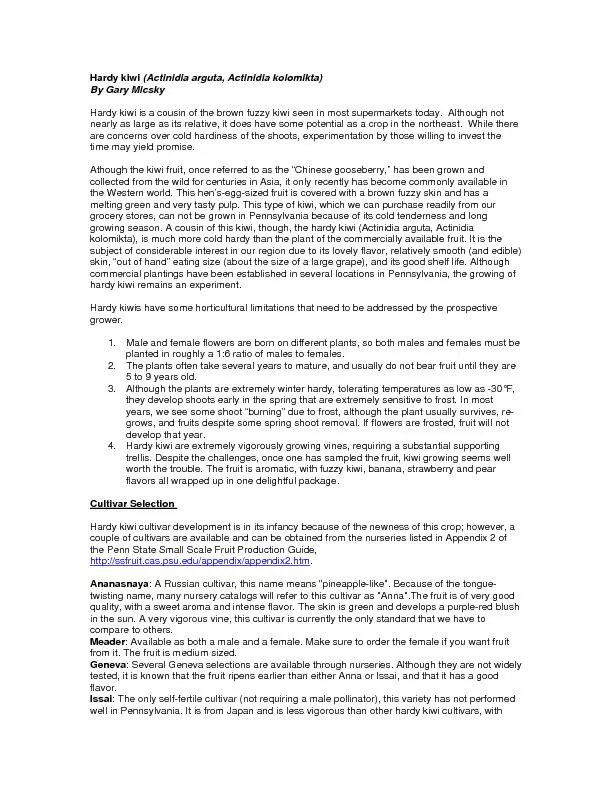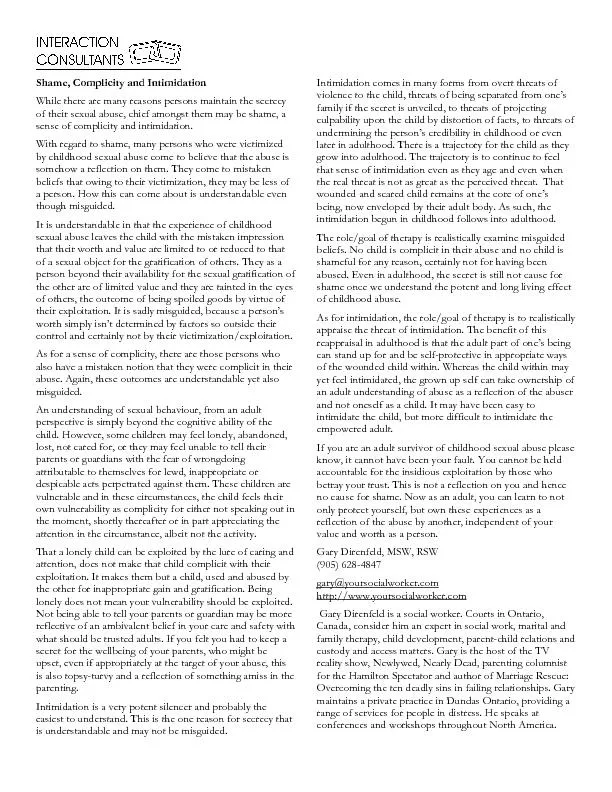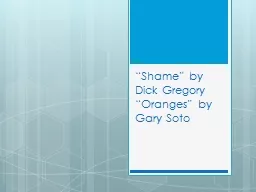PDF-By Gary Micsky
Author : debby-jeon | Published Date : 2016-06-19
Hardy kiwi Hardy kiwi is a cousin of the brown fuzzy kiwi seen in most supermarkets today Although not nearly as large as its relative it does have some potential
Presentation Embed Code
Download Presentation
Download Presentation The PPT/PDF document "By Gary Micsky" is the property of its rightful owner. Permission is granted to download and print the materials on this website for personal, non-commercial use only, and to display it on your personal computer provided you do not modify the materials and that you retain all copyright notices contained in the materials. By downloading content from our website, you accept the terms of this agreement.
By Gary Micsky: Transcript
Download Rules Of Document
"By Gary Micsky"The content belongs to its owner. You may download and print it for personal use, without modification, and keep all copyright notices. By downloading, you agree to these terms.
Related Documents













![ornt'sverywhereMP3Gary Crawford [00:00:00] I know it's a little early](https://thumbs.docslides.com/817978/ornt-sverywheremp3gary-crawford-00-00-00-i-know-it-s-a-little-early.jpg)
